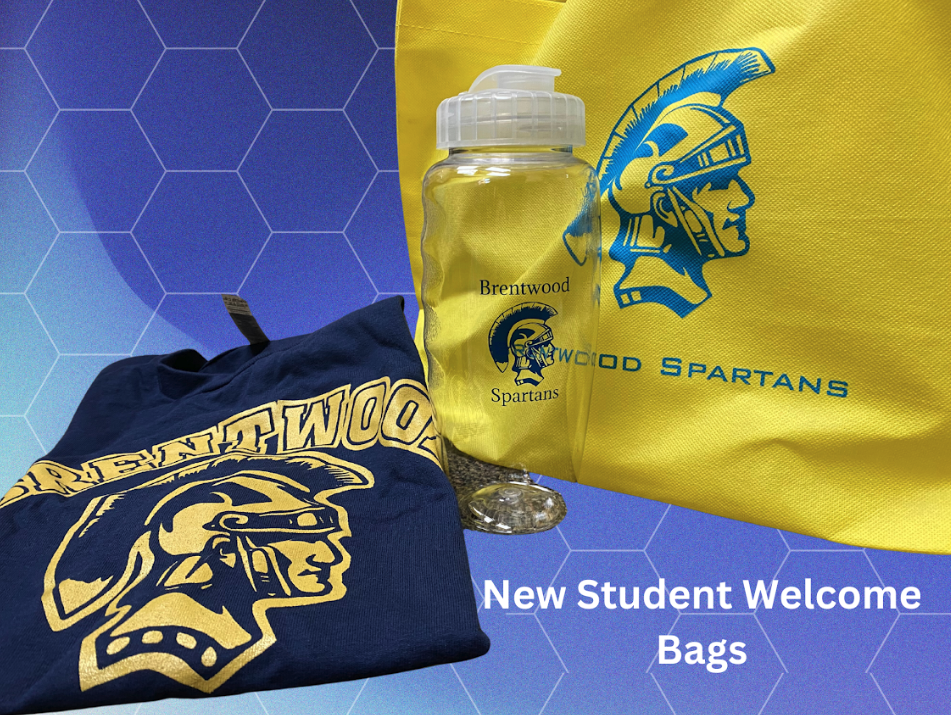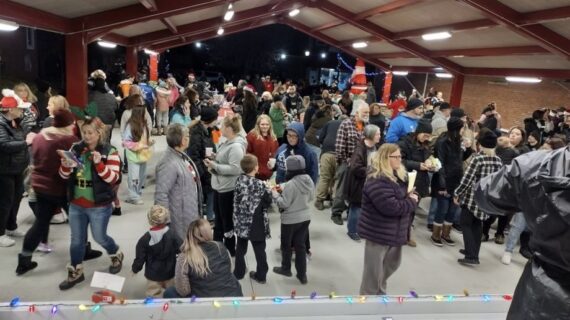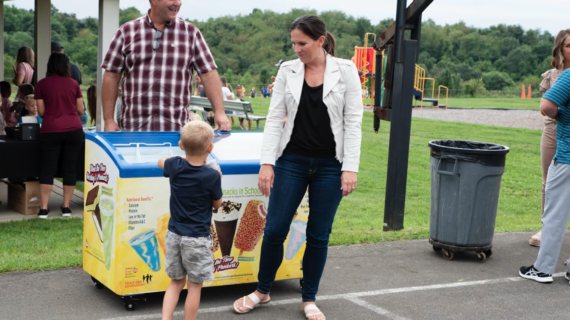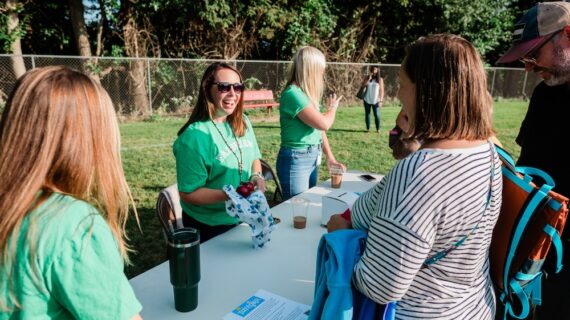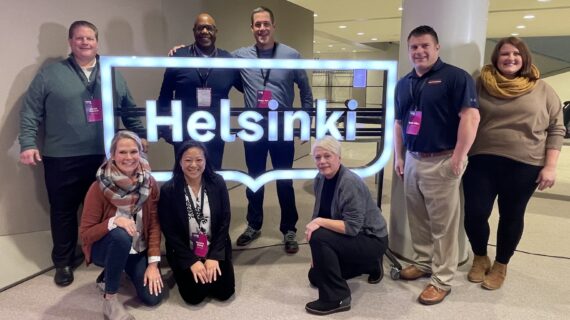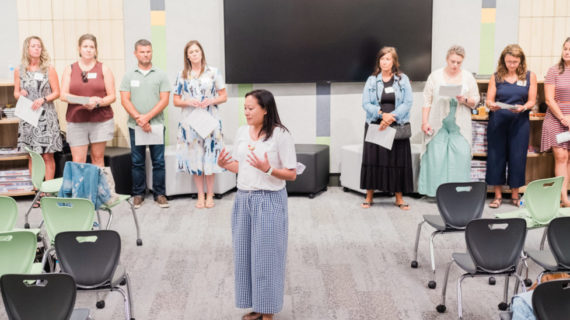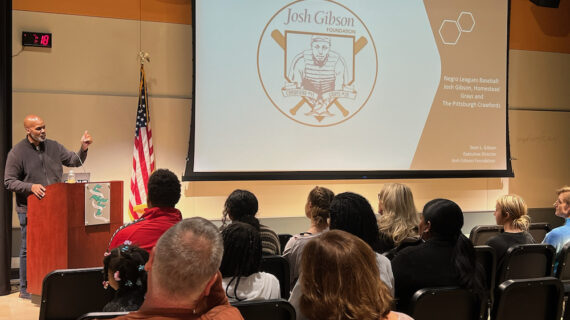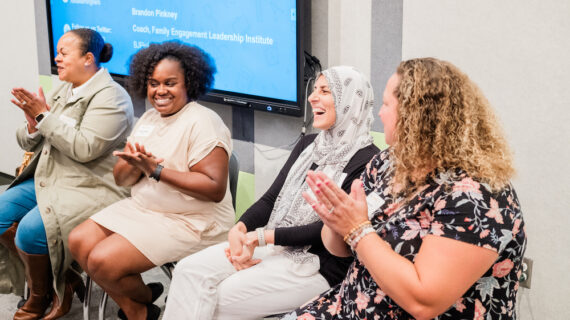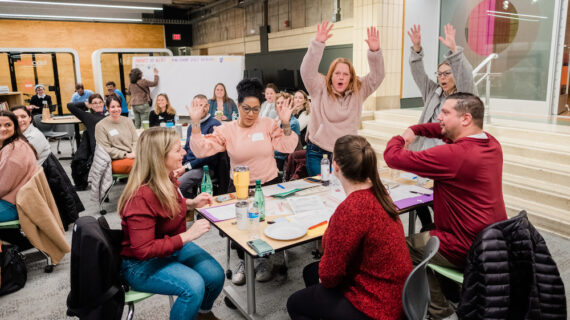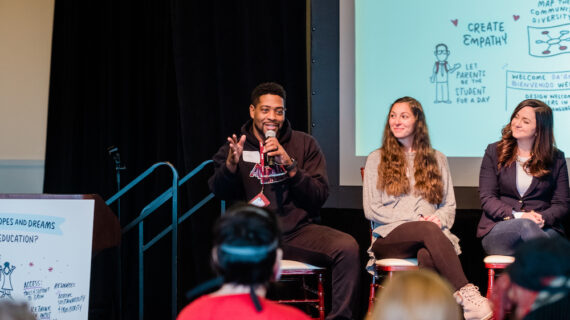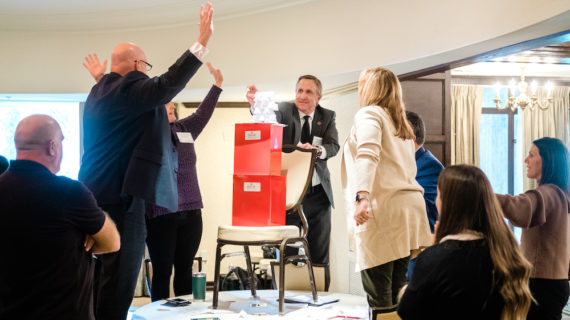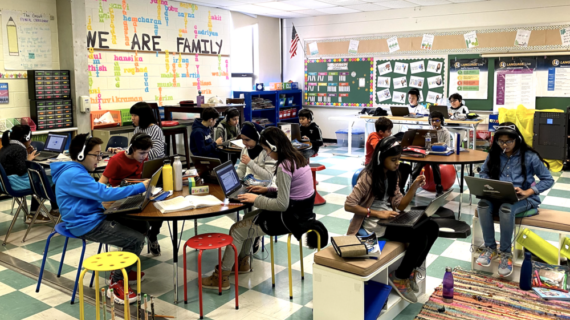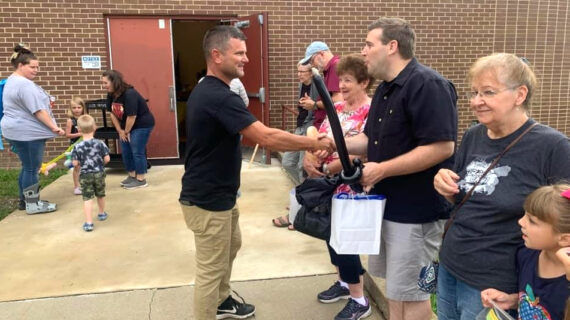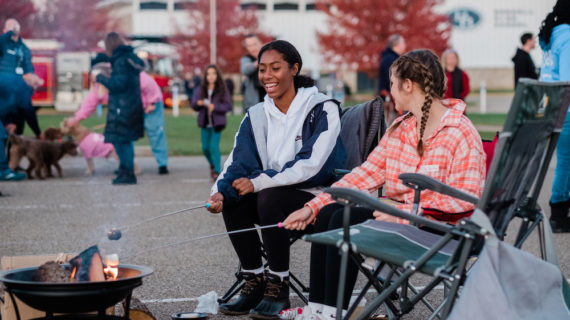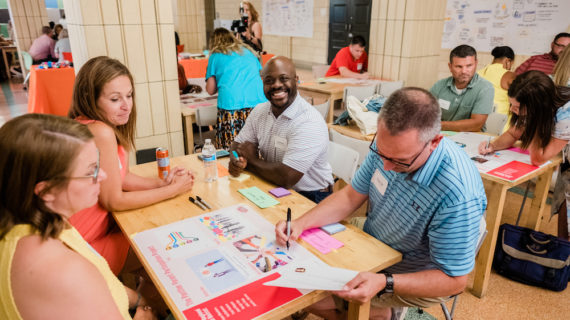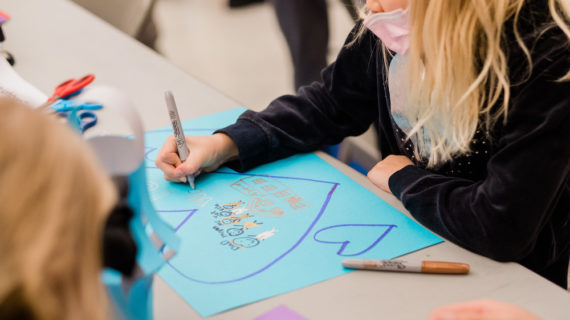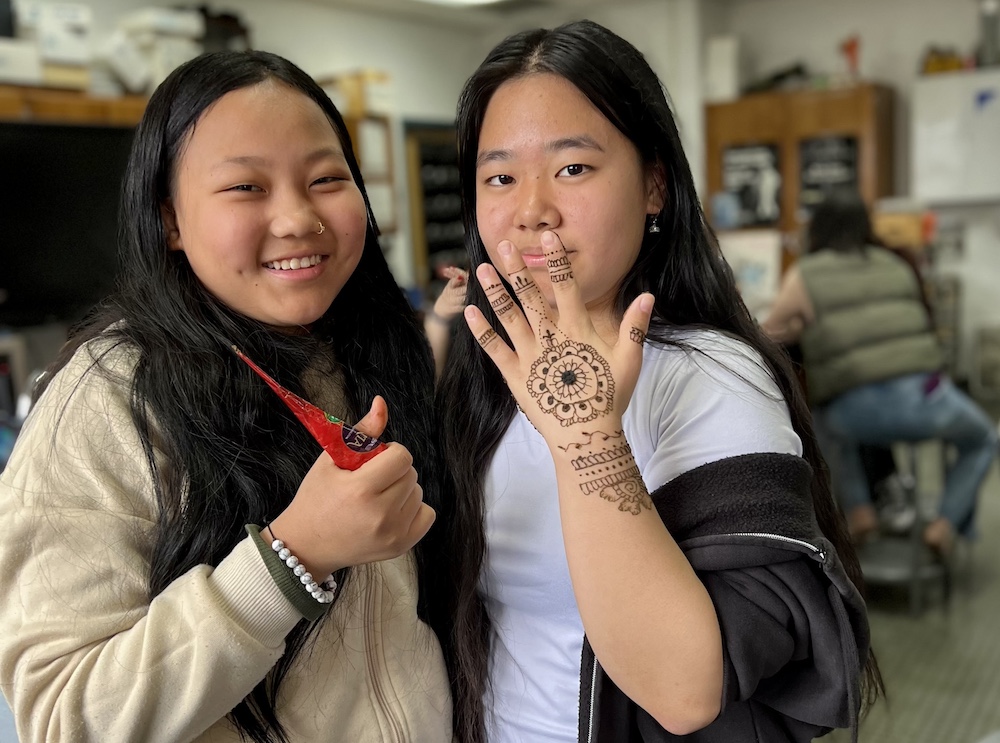
Parents as Allies: Opening doors and building bridges in Brentwood Borough
At Brentwood Borough’s small middle school these days, many languages echo through the halls. But that wasn’t always the case. Nearly one-third of last year’s eighth graders joined the district during middle school, rather than coming from one of the district’s elementary schools.
Many of these kids aren’t just new to the community. They’re new speakers of English.
Principal David Radcliffe, who grew up in Brentwood and taught there before becoming principal, has watched Brentwood’s demographics change rapidly in recent years. He knew his district needed to really welcome these students and their families, and support them as valued members of the community.
So he was glad when Brentwood began participating in the Parents as Allies (PAA) family-school engagement project and chose to focus on connecting with English-language learners and their families.
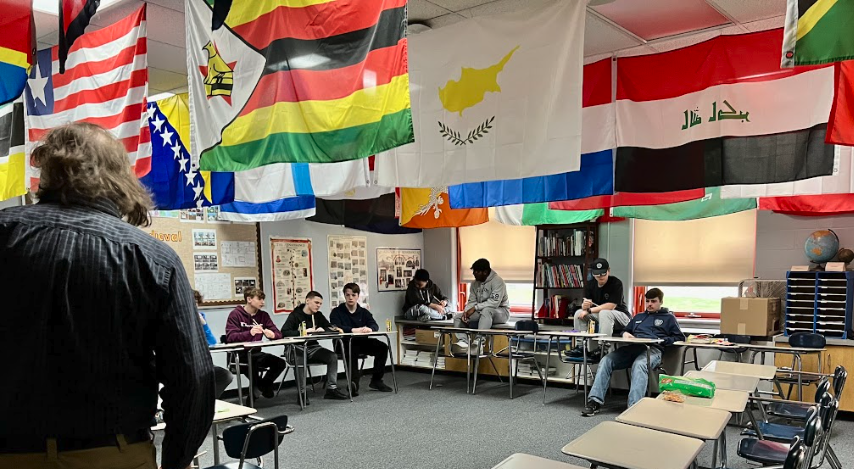
WHAT DID THEY TRY?
The team’s first small hack was reimagining the building’s signage, which had been entirely in English. New signs were made that welcome people at the entrances and point the way to key locations (gym, cafeteria, nurse’s office, etc.) in the most common foreign languages spoken by the school community.
Although they couldn’t include every language spoken by the middle schoolers, they hope that the presence of multiple languages signals to all students that ESL (English as a Second Language) students are a priority. These children and their parents can know someone is thinking about them, Radcliffe says.
“There’s a lot of information on a school’s front door, like ‘you need your drivers’ license,’ ‘click this button’ or ‘this door won’t open until that door is closed,’” says Stephanie DeLuca, the district’s coordinator of curriculum and professional development, who co-led Brentwood’s Parents as Allies team with Radcliffe.
“If I walk up and don’t read that language, I don’t know why this door isn’t opening and now I’m super frustrated,” she says, “and that’s my first interaction.”
Signage was step one. Next, the team noted that there was a display area in the building that wasn’t being used. They invited Brentwood’s newly created Multicultural Club to use the space. Club members created a Ramadan display, which led to discussions about honoring traditions beyond those that the district had always celebrated.
The conversation soon grew: How might we educate teachers about those cultures, so they understand that a student might be fasting during Ramadan or a family might be traveling for another holiday? Teachers realized: We don’t give homework over Christmas break, Radcliffe says, but they never considered whether to give homework during other cultural holidays.
Next, the team created “welcome bags” for new students, including a T-shirt for students to wear at school spirit events and a school-branded tote bag and water bottle. These items make students feel like part of the group – a vital thing during middle school – and receiving these items as gifts takes pressure off families to find and buy these things.
There were challenges. It took longer than planned to gather the items, assemble the bags and give them to all new students, but students were excited to receive the bags even mid-year.
The power of this gesture was clear when Radcliffe was approached in the hallway by an ESL student who had been absent on the day that the welcome bags were handed out. Upon returning to school, the student heard about the bags and how excited everyone had been to get one. He eagerly asked, “Where’s my bag?” The team got the clear impression that the kids felt valued.
All of this led to the PAA team’s biggest project, which took place last spring: a half-day multicultural event to celebrate many cultures and places around the world.
At nearly two dozen stations, students got henna tattoos, learned guacamole-making and discovered cultural dances. Teachers spoke about places around the world. Each station was run by one or more students or by teachers, involving the whole community.
“Everybody felt like a part of something that day,” DeLuca says. “There was a visible energy in the building that day.”
WHAT WOULD THEY TELL OTHER SCHOOLS?
- Ask questions before you start with planning. “Sometimes what we think we need is not what the people in our community, or our students, would identify as what they need,” Radcliffe says. When the parents and teachers on Brentwood’s PAA team did “empathy interviews,” both sides were surprised by what they learned.
- If you’re tackling parent-school engagement, you need diverse voices. Brentwood’s team was an intentional mix of parents and school staff. Some were longtime residents, while others were new to Pittsburgh, or even new to the United States. But DeLuca points out that it’s also vital to have a clear point person driving this work. It’s even better if the point person is a parent, so they ensure the work meets parents’ needs, not simply the school’s needs.
- Try small hacks and be willing to try unexpected things. The PAA approach of being open to creative, untested approaches was really useful.
- As students go, so go the parents. During Brentwood’s second year participating in PAA, they found value in the previous year’s discovery: When students were excited about an event or something new at the school, their parents were more likely to engage. DeLuca found that “having kids care about it is the avenue to the parents.”
For many years, the Brentwood community was homogeneous and in many ways unchanging. As it grows into a thriving multicultural community, Radcliffe says, “it’s our responsibility to help everyone who interacts with our kids to understand the people around them.”
Though the school staff always cared about understanding their students, DeLuca says, they’re taking action with a deeper cultural understanding “more front of mind” every day.
